Lesson 2: Building a key vocational training system
Dong Nai wants to solve the problem of high-quality human resources to serve the goal of breakthrough development, it needs to have a synchronous and methodical investment strategy.
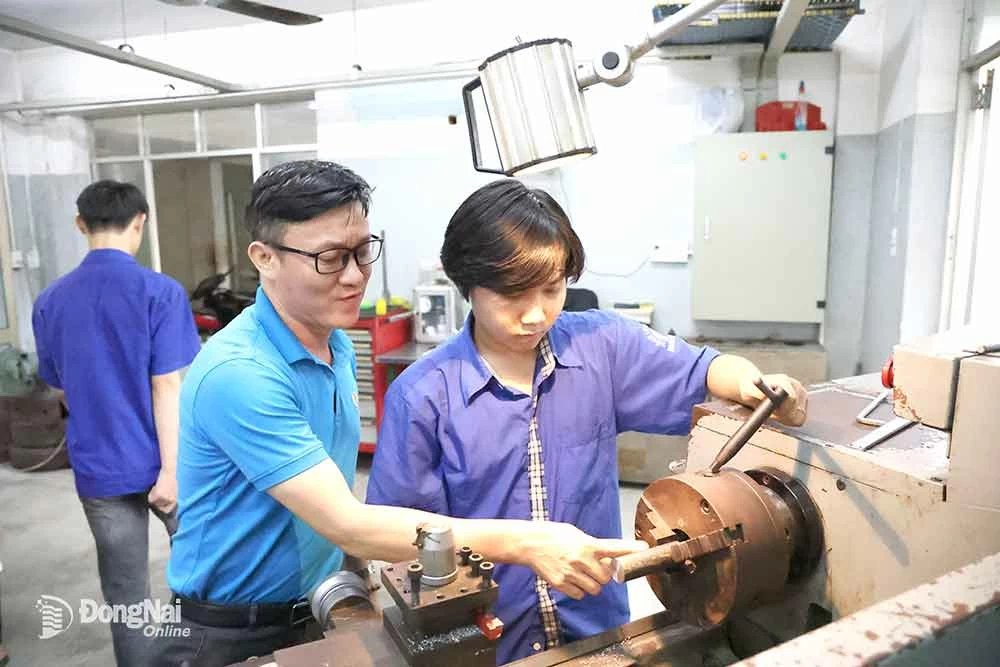 |
| Lecturers at the Digital Economics Vocational College 2 (Bien Hoa city) instruct students on how to work on a CNC metal cutting machine. Photo: C. Nghia |
According to Vice Chairman of the Provincial People's Committee Nguyen Son Hung: "Along with the reorganization of the system of vocational training facilities, the province is inviting potential investors to Dong Nai to invest in key vocational training facilities, especially high-tech human resources, in line with the development trend of the province. The province encourages and creates conditions for vocational training facilities to cooperate in training with prestigious universities in the world."
Many but why not strong?
There are currently 5 universities and university branches in the province, along with 10 vocational colleges. In the Southeast region, the system of training facilities from college to university level in Dong Nai is second only to Ho Chi Minh City in terms of quantity. However, the most important issue is the quality of training, and training facilities in Dong Nai still have to make great efforts. If the quality of training cannot be improved, it will not create a driving force for the socio-economic development of the province; at the same time, workers will miss the opportunity to increase their income and improve their lives. This is accompanied by a waste of human resources, land, and invested facilities.
The clearest evidence is that some vocational training facilities were invested with large amounts of state budget capital but after a period of operation had to be dissolved or merged. For example, the 26-3 Vocational College (in Bien Hoa city, under the Provincial Youth Union) was invested in a beautiful, spacious headquarters more than 15 years ago but had to be dissolved a few years ago. Or the Dong Nai Economic - Technical College (in Nhon Trach district) was invested with a huge amount of capital but then operated ineffectively, and merged with the Dong Nai High Technology College (in Long Thanh district). Currently, many items of the facility in Nhon Trach district such as lecture halls, practice rooms are not used at full capacity, especially the dormitory area of the school has seriously degraded, wasting a lot of investment resources from the State.
In addition, some other vocational training facilities have not yet fully utilized their vocational training capacity. For example, the Digital Economic College No. 2 has long leased part of its premises in Quang Vinh Ward to another private school. Although some vocational training facilities have large areas, for many years now the number of students registering for vocational training has been low, the facilities have been increasingly degraded, and training equipment has become outdated over time. On the other hand, because investing in equipment for vocational training requires a large amount of money, accompanied by quite complicated purchasing procedures, it has not been possible to invest "in a meaningful way" as desired and training needs.
A mechanical engineering lecturer at a vocational college in Bien Hoa city said: “Vocational training has two important parts: theory and practice. Even if the theory is taught well, if the practical equipment is lacking or outdated, it will be very difficult to have good workers.”
Deputy Secretary of the Provincial Party Committee, Chairman of the Provincial People's Committee VO TAN DUC:
The new era of Dong Nai cannot lack high-quality human resources.
Dong Nai has focused on reviewing and rearranging the system of vocational training facilities associated with high-quality human resource training. The province will create favorable conditions for enterprises to come to Dong Nai in the field of vocational training, especially in the fields of aviation, semiconductors, chip manufacturing, data technology, and AI. In addition to existing facilities, the province has planned two higher education centers in Long Khanh city and Nhon Trach district, and is currently calling for investment.
Need to be lean and focus on quality
Faced with new demands for high-quality human resources to serve development, the province's vocational training system needs to be streamlined, strengthened, and quality should be prioritized over quantity. In addition to encouraging private training institutions to continue to develop strongly in conjunction with the province's development plan, it is necessary to orient and invest systematically in a number of colleges and universities that have a tradition of training but are now facing difficulties. For example, Dong Nai University, Dong Nai Technical College, Dong Nai High Technology College. It is necessary to take a number of effective training models to learn and replicate, typically the international standard technical vocational training model of Lilama 2 International Technology College.
In developing training professions, the province needs to orient schools to focus on developing strong industries, especially engineering, technology, and health. Avoid the situation where everyone does their own thing in vocational training without a focus or key point. In particular, Dong Nai needs to grasp and invest systematically in human resources in the semiconductor industry, artificial intelligence (AI), logistics services, aviation human resources, high-speed railways, etc.
While investment resources from the state budget are limited, it is necessary to mobilize social resources for high-quality vocational training.
Dr. Phan Ngoc Son, Chairman of the Board of Dong Nai University of Technology, said: “The school really wants to expand its training facilities, but the current land fund is too small for a university. For many years, the school has been looking for a location to build a new facility with more modern teaching conditions, but accessing land procedures is very difficult. If the State creates favorable conditions for land funds, we are ready to mobilize resources to invest in lecture halls, practice rooms, and high-quality vocational training equipment to provide to businesses.”
With the potential development opportunities of Dong Nai with Long Thanh International Airport, Phuoc An Port, many newly formed highways, many large enterprises are looking to Dong Nai for investment and business; if they do not invest and "clear" the training of high-quality human resources to meet the needs of enterprises, they will not be able to take full advantage of the advantages. In the past, many universities have come to Dong Nai to cooperate or open university-level training facilities, but so far there have been no positive signs. A typical example is the second campus of Ho Chi Minh City Open University in Long Binh Tan Ward (Bien Hoa City), although it has been under construction for many years, it is still very slow and entangled in many procedures.
Associate Professor, Dr. Tran Quang Phu, Vice President of Ho Chi Minh City University of Transport, said that the school has been granted land (without collecting land use fees) in Long Thanh district to build a training facility. Recently, the school has received an invitation to cooperate with a Canadian aviation training school, but the training cooperation process with a private enterprise is very complicated, and the land will no longer be used for free, but must be rented. When partners find the procedures complicated, the opportunity to cooperate with high-quality human resources becomes more difficult to realize.
Associate Professor, Dr. Tran Quang Phu also said that according to the planning of the former Ministry of Transport (now the Ministry of Construction), Dong Nai will have a high-speed railway research and development training center in Long Khanh city. Thus, it can be seen that the opportunity to turn Dong Nai into a high-quality human resource training center for aviation and high-speed railway is very large. Therefore, the province needs to create favorable conditions to support training facilities, which is also for the province itself and the whole country.
Justice
Lesson 3: Restructuring vocational training facilities
Source: https://baodongnai.com.vn/xa-hoi/202505/nhan-luc-chat-luong-cao-cho-ky-nguyen-vuon-minh-phat-trien-bai-2-42c27aa/











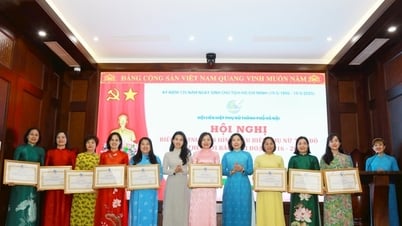

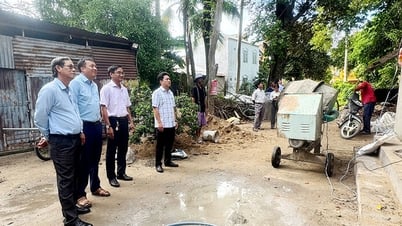







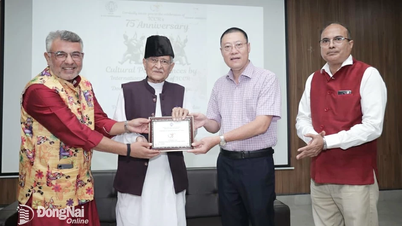

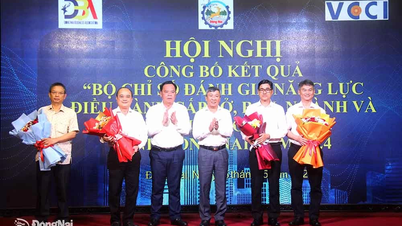
![[Photo] Prime Minister Pham Minh Chinh works with the Standing Committee of Thai Binh Provincial Party Committee](https://vphoto.vietnam.vn/thumb/1200x675/vietnam/resource/IMAGE/2025/5/12/f514ab990c544e05a446f77bba59c7d1)
![[Photo] Prime Minister Pham Minh Chinh receives Swedish Minister of International Development Cooperation and Foreign Trade](https://vphoto.vietnam.vn/thumb/1200x675/vietnam/resource/IMAGE/2025/5/12/ae50d0bb57584fd1bbe1cd77d9ad6d97)







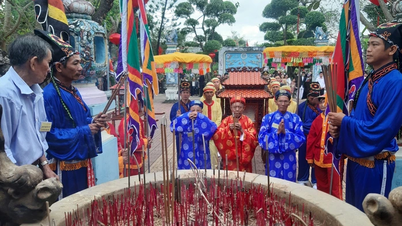



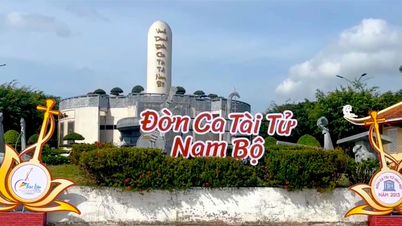





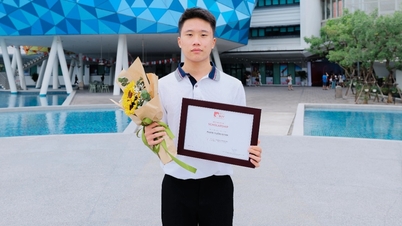










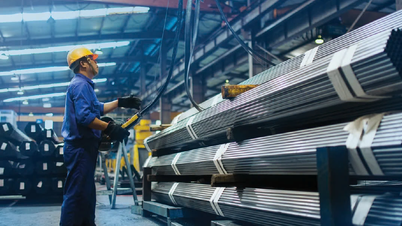






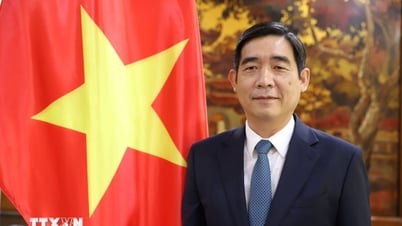
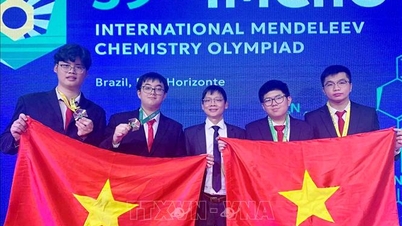






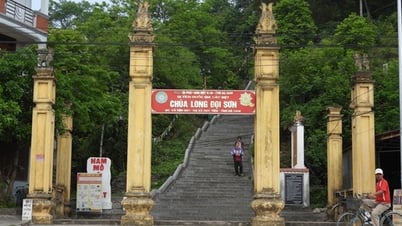


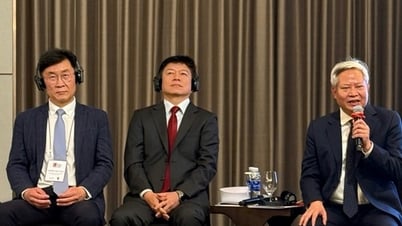


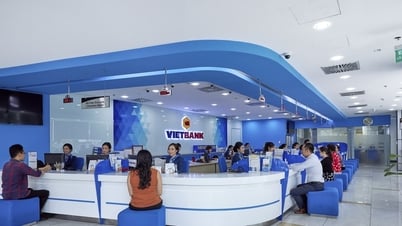

















Comment (0)